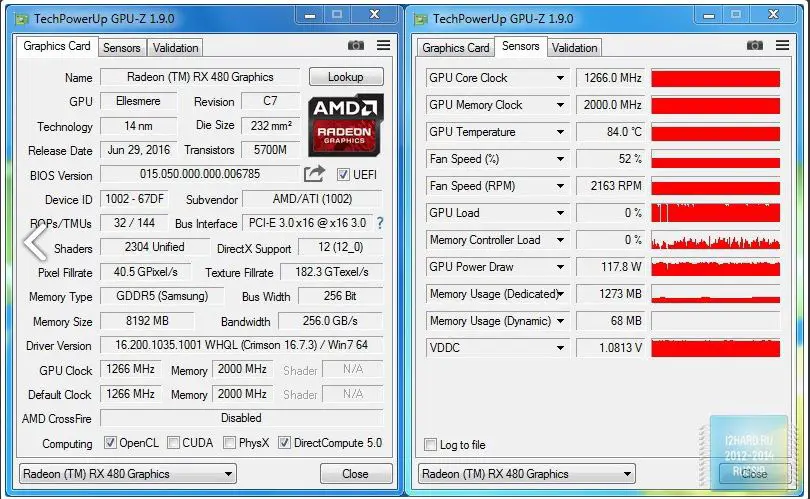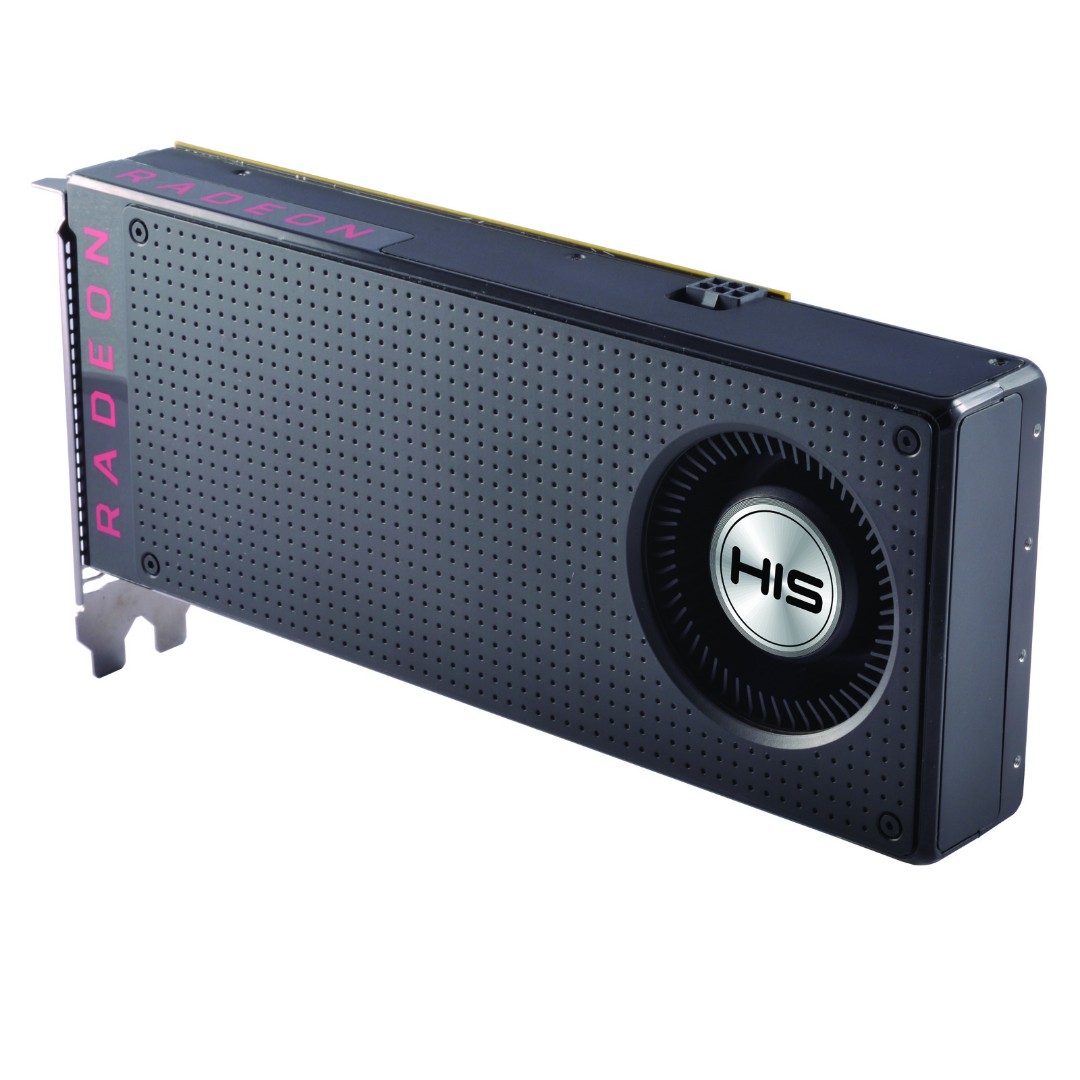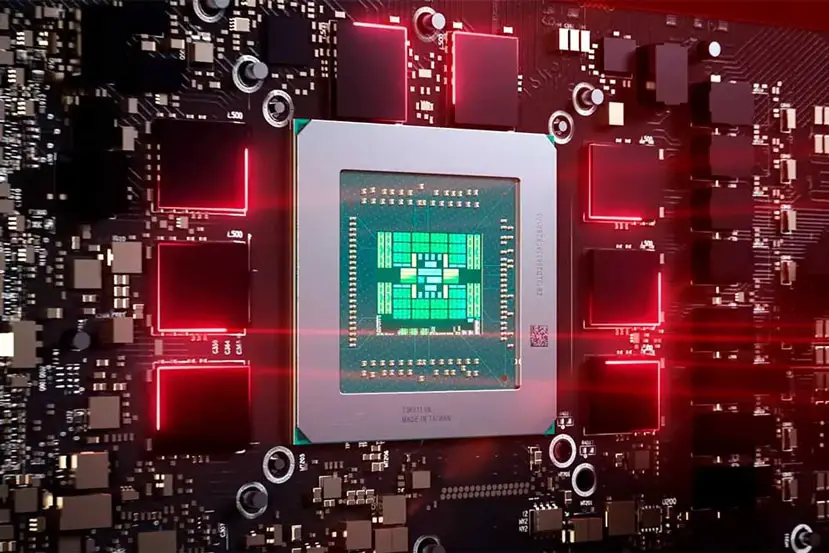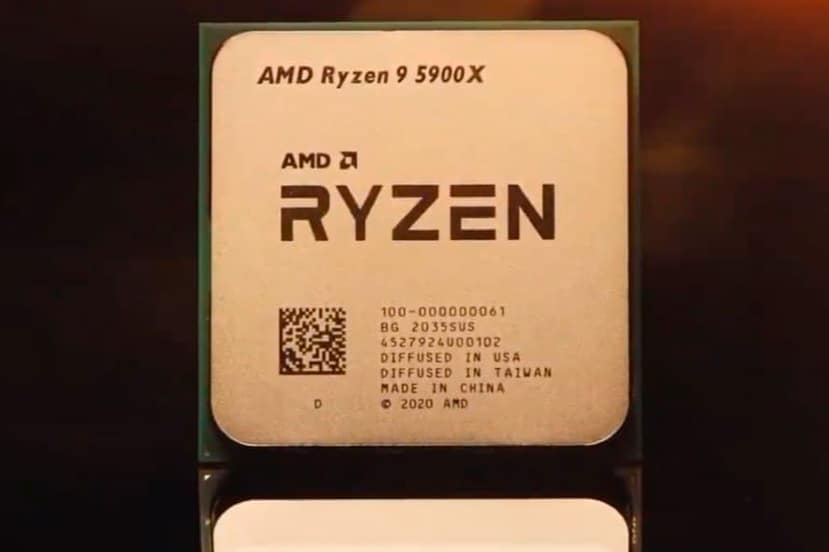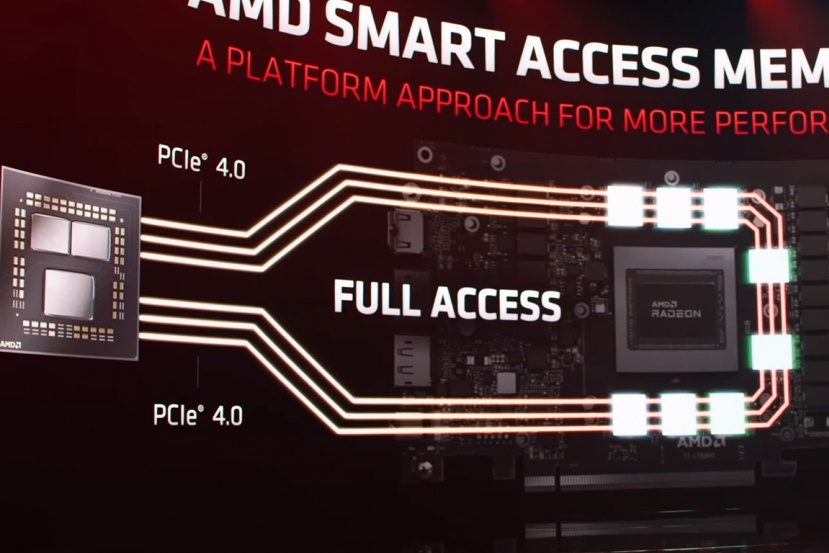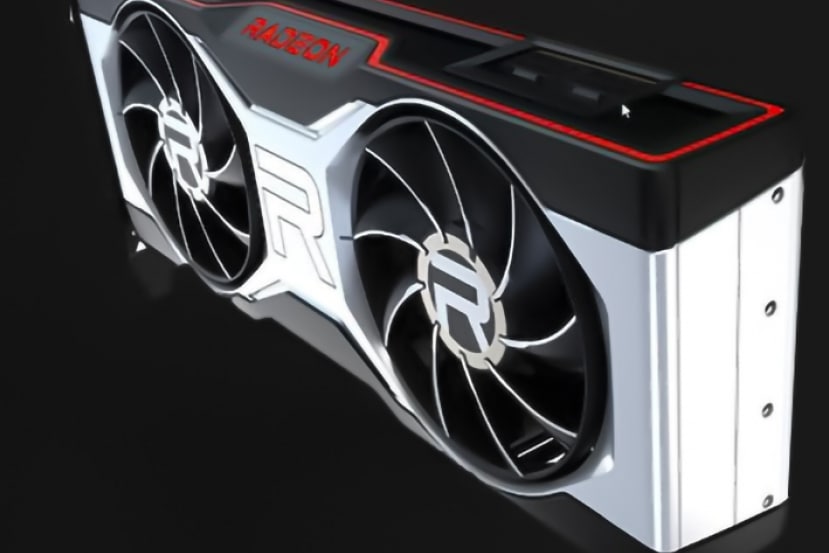RX 480 8gb – Graphics card specifications
The designs of different manufacturers mainly differ in the frequency of the graphics chip and the size of the device. The main parameters are almost the same for all:
- processor – Polaris 10 (Ellesmere);
- technological process – 14 nm;
- texture units (quantity) – 144;
- stream processors (number) – 2304;
- core frequency – from 1266 to 1342 (in models from different companies);
- DDR frequency – 2000 MHz;
- memory interface – 256 bit;
- memory (bandwidth) – 240 Gb / s;
- memory size (GDDR5) – 8 Gb;
- power supply – 8 pin;
- power consumption (maximum) – more than 150 W.
ASUS and PowerColor offer the card with three fans, while Sapphir and MSI offer two. But testing has shown that it is PowerColor that heats up the most (up to 80 degrees), and MSI is the coldest video card (a little over 60 degrees), but at the same time the noisiest. Sapphire is the quietest.
Comparison of video cards shows that the main competitor of AMD’s development is a six-gigabyte GeForce GTX 1060 product from Nvidia. But true connoisseurs of AMD (both miners and gamers) will not exchange for the GTX 480 model. With prices in the range of 22-25 thousand rubles, the payback of one new video card fluctuates within 7-8 months.
RX 480 8gb – GPU Test Results
To understand how productive the video card manufacturers provide, users tested the ASUS 8 GB card “out of the box”. For the test, we used the Claymore Dual Mining program for mining digital coins on its standard settings: memory frequency 8 GHz, processor frequency 1266 GHz. At the same time, electricity consumption was approximately 110 W, and the hash rate reached a little less than 25 MH / s.
You can also see that the stock Ethereum mining setting does not overclock the frequency above 1240 MHz. To reach the working 1266 MHz (and sometimes 1300 MHz), you need to go slightly beyond the standard power consumption of 150 W, at least up to 155-160 W. This can be done using the well-known MSI Afterburner utility. For Ethereum mining, this difference is insignificant, however, there are many algorithms on which it will be noticeable.
In addition to mining one Ether, the card performed well in the Ethereum / Decred dual mode, which is popular among “miners”. Here’s the result I got:
- Ethereum – 24.3 Mh / s;
- Decred – 365 MH / s (at a standard intensity of 30).
With an increase in the level of mining intensity of Decred to 35, it was possible to reach an indicator of its mining of 450 MH / s. At the same time, Ether hashrate dropped very slightly (to 24 MH / s). From this we can conclude that the RX 480 is well adapted to both solo and dual mining.
